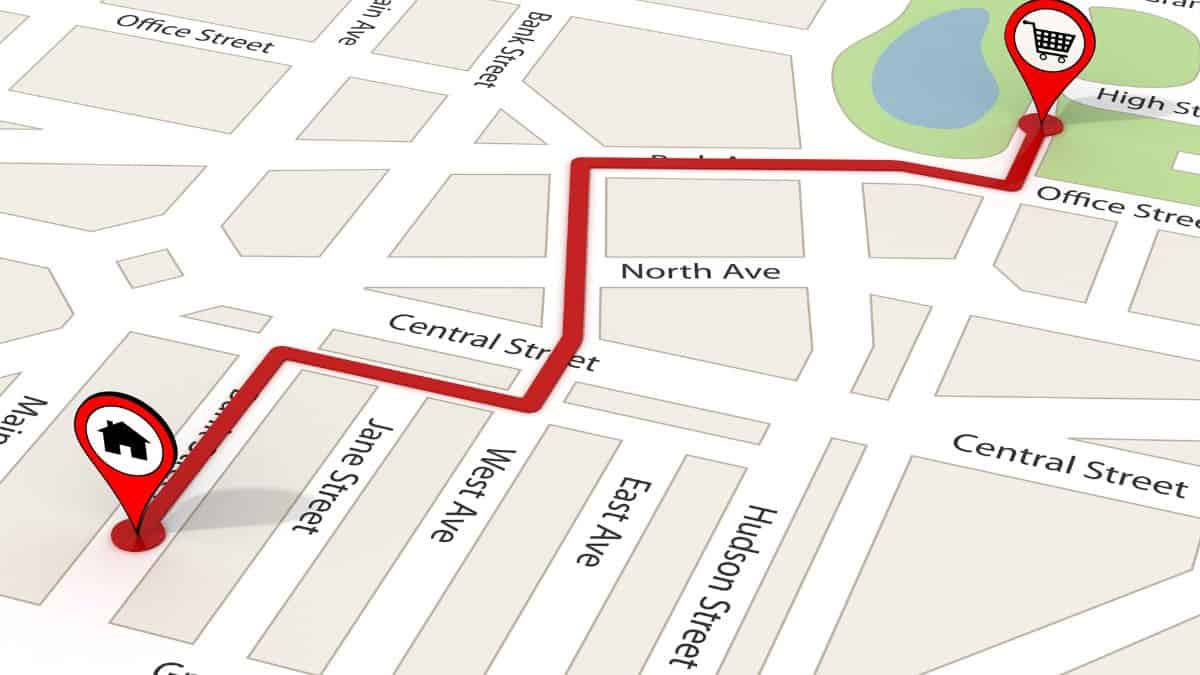Ever wanted to find out where an image came from? Or maybe you’ve seen a photo online and wondered if someone else has used it? That’s where reverse image search APIs come in. These tools let you upload or link to a photo, and they’ll scan the web to find matches. Super cool, right?
Reverse image search is like magic. But not all APIs work the same. Some are fast, some are smart, and some just get the job done better than others.
Below are the top 3 best reverse image search APIs you can use today. Whether you’re a developer or just plain curious, these tools will amaze you.
1. TinEye API
TinEye is one of the oldest and most trusted names in reverse image search. It’s been around since 2008, and it did reverse image search before it was cool.
- Speed: Super fast results.
- Database: Over 56 billion images!
- Cool feature: You can sort results by oldest or newest image.
Great for checking photo copyrights, tracking stolen images, or monitoring brand usage online. Developers love it because the API is easy to use and well-documented.

Use case: A social media manager can upload a brand image and see who else is using it online. Simple and powerful!
2. Google Cloud Vision API
Google knows a thing or two about search. The Google Cloud Vision API is more than just reverse image search—it’s a full-on visual recognition robot.
- Smart: Can detect faces, landmarks, text, and more.
- Flexible: Works on photos, drawings, scanned documents—you name it.
- Deep Learning: Built on Google’s powerful AI systems.
It’s not a classic reverse image search like TinEye, but it’s incredibly smart. You can even train it to recognize specific objects over time.
Use case: A fashion app could use it to let users find similar outfits just by uploading a photo. It’s like Shazam, but for clothes!

Just note: it’s a bit complex, and the setup takes time. But once it’s going, it’s almost unbeatable.
3. Bing Visual Search API
Bing may be second to Google in search, but when it comes to visuals, it really shines. The Bing Visual Search API is fun, simple, and surprisingly good.
- UI Friendly: Easy to integrate into websites and apps.
- Visual Match: Finds similar-looking images, not just exact matches.
- Auto-suggestions: Can identify items in pictures and suggest keywords.
Want to upload a photo of a sneaker and get shopping links? Bing’s got your back.
Use case: E-commerce stores can use this API to help users find products with just an image. No need for keywords—just snap, upload, and shop!

It’s especially great for finding visually similar content, making those “I saw it in a photo, but don’t know what it’s called” moments a breeze.
Final Thoughts
Each of these APIs has its strengths:
- TinEye is top-notch for exact matches and historical tracking.
- Google Cloud Vision is great if you want advanced features and deep learning.
- Bing is your go-to for sleek, user-friendly integrations and visual style searches.
Pick the one that fits your needs. Or better yet, try them all! There’s no better way to explore the power of visuals online than with reverse image search.
Pictures don’t lie. But they sure can lead you on some fun adventures!